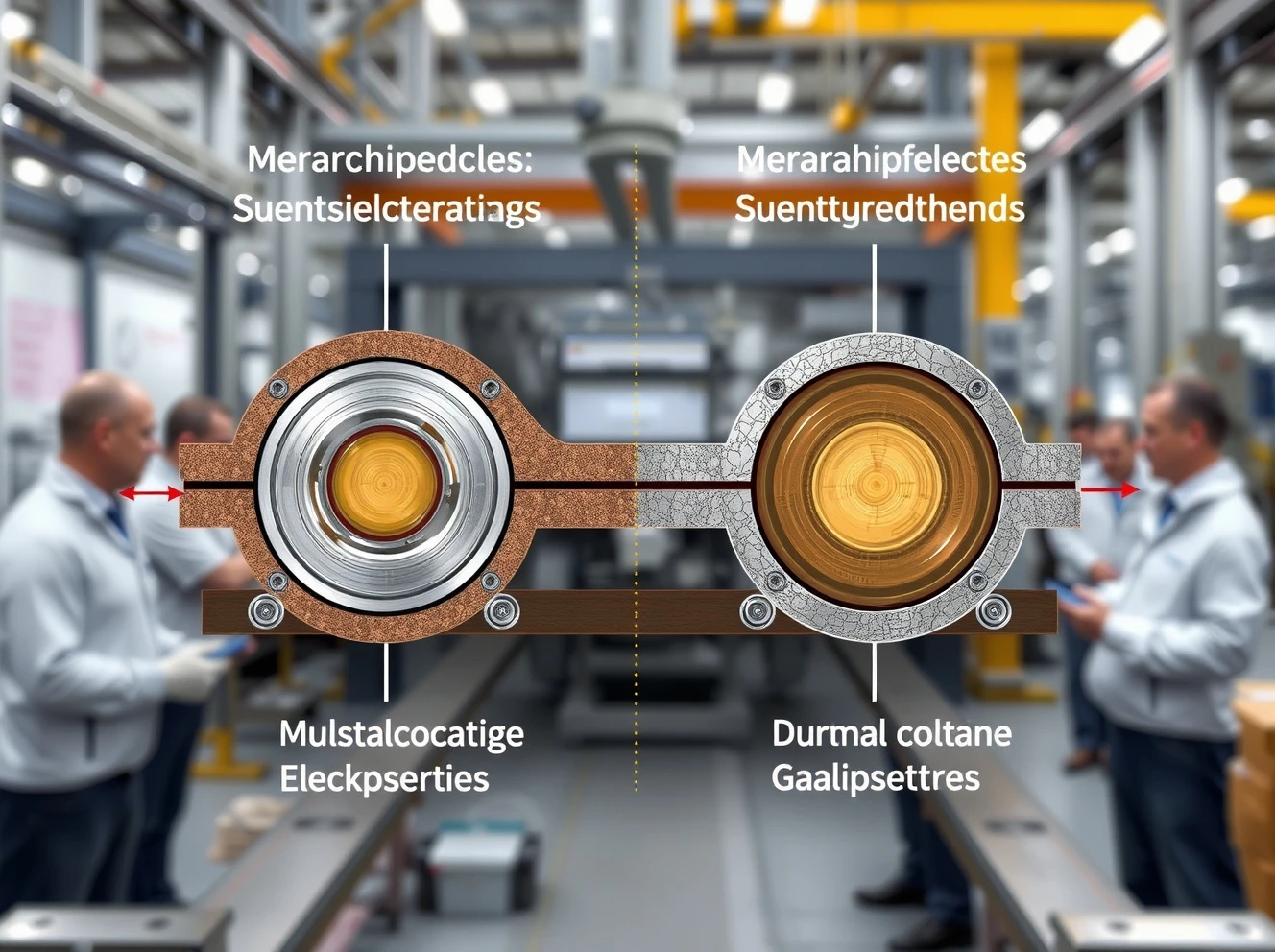Engineers face critical decisions daily about metal coating selection that determine product performance and longevity. Imagine designing a copper component for electrical switchgear that must conduct perfectly while resisting corrosion for years. This choice isn’t about aesthetics—it’s about safety and functionality. The right metal coating selection ensures components perform reliably in their specific environments.
Understanding Metal Coating Selection Fundamentals
Metal coating selection begins with understanding application requirements. Different environments demand specific protective solutions. Engineers must evaluate multiple factors before choosing coating technology. The process involves analyzing operational conditions and performance expectations. Proper metal coating selection prevents premature failure and ensures optimal performance.
Precision Electroplating for Technical Applications
Electroplating provides surgical precision for demanding applications. This process applies micron-thin metal layers through controlled electrical currents. Silver coatings maximize electrical conductivity in sensitive components. Tin coatings ensure reliable solderability for electronic assemblies. Nickel creates extremely hard surfaces resistant to abrasion. The metal coating selection for precision applications requires exact thickness control.
- Silver plating – Maximum electrical conductivity
- Tin plating – Excellent solderability characteristics
- Nickel plating – Superior abrasion resistance
Durable Galvanization for Harsh Environments
Galvanization offers robust protection for outdoor and industrial settings. Automated plating lines create consistent, durable coatings on copper and aluminum. This metal coating selection prioritizes long-term reliability over precise thickness control. The process creates barriers that withstand moisture, temperature changes, and mechanical stress. Automotive and renewable energy industries rely on this proven technology.
Metal Coating Selection Decision Framework
Engineers use systematic approaches for metal coating selection. They evaluate primary objectives and environmental factors first. Dimensional precision requirements guide thickness specifications. Production scale influences process automation needs. Future processing considerations affect coating compatibility. This structured metal coating selection process ensures optimal results.
Key Factors in Metal Coating Selection
Several critical factors influence metal coating selection decisions. Application environment determines corrosion resistance needs. Electrical requirements dictate conductivity specifications. Mechanical demands affect hardness and wear resistance choices. Manufacturing volume impacts process selection and cost considerations. Comprehensive metal coating selection addresses all these elements.
- Environmental exposure – Indoor vs outdoor conditions
- Electrical requirements – Conductivity needs
- Mechanical stress – Wear and abrasion resistance
- Production volume – Prototype vs mass production
Industry Applications and Best Practices
Different industries approach metal coating selection with specific priorities. Electronics manufacturers emphasize precision and conductivity. Automotive companies focus on durability and corrosion resistance. Energy sector applications balance both requirements carefully. Understanding industry-specific metal coating selection criteria ensures appropriate technology matching.
Future Trends in Metal Coating Technology
Metal coating selection continues evolving with new technologies. Advanced materials offer improved performance characteristics. Automated processes enhance consistency and reduce costs. Environmental considerations influence coating chemistry development. These innovations expand metal coating selection options for engineers.
Frequently Asked Questions
What is the main difference between electroplating and galvanization?
Electroplating focuses on precise, thin coatings for specific properties like conductivity, while galvanization provides thicker, more durable protection for harsh environments.
How does production volume affect metal coating selection?
High-volume production typically favors automated galvanization processes, while lower volumes or prototypes often use electroplating for its flexibility and precision control.
Can electroplating provide corrosion protection?
Yes, certain electroplated coatings like nickel and zinc provide excellent corrosion resistance, though thickness limitations may affect long-term performance in severe environments.
What factors determine coating thickness requirements?
Coating thickness depends on environmental exposure, expected service life, dimensional tolerances, and specific performance requirements like electrical conductivity or wear resistance.
How do I choose between different plating metals?
Selection depends on required properties: silver for conductivity, tin for solderability, nickel for hardness, and zinc for corrosion protection in various environments.
Are there environmental considerations in coating selection?
Yes, modern coating processes increasingly consider environmental impact, including wastewater treatment, chemical usage, and compliance with environmental regulations.








